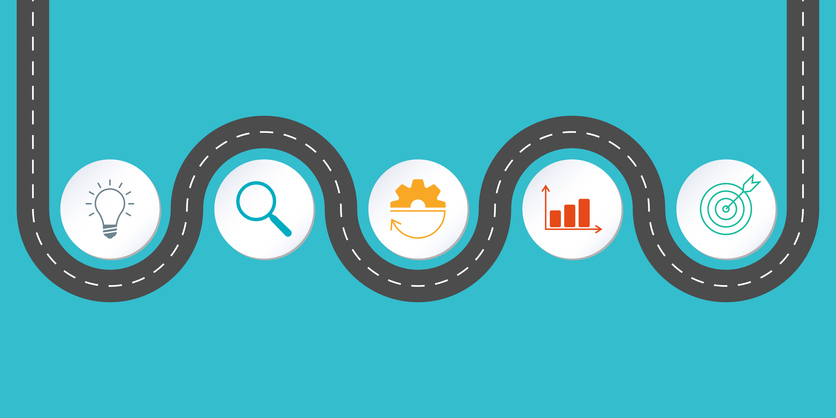Consider a Low Touch Customer Success Path to Value
High Touch vs. Low Touch Customer Success
A SaaS company almost always addresses its initial customer cohort with a high touch customer success motion. That is, each new customer — regardless of annual recurring revenue, strategic importance, or desired business outcome — is treated to the same white glove customer experience throughout the year-one implementation, value recognition, and renewal/expansion stages.
This one-size-fits-all strategy works for a while and is, arguably, the right approach for more complex SaaS solutions (i.e. those that cannot leverage a 100% tech touch approach) and for situations where product-market fit is not yet realized. However, it contrasts with a low touch customer success approach, which — just as it sounds — is a highly scalable method for delivering service and value, particularly in each of the above key stages.
The Problem with the High Touch Approach
The issue with the high touch approach is that it doesn’t scale, and for a couple of key reasons that are heavily the focus of SaaS leadership teams:
- It doesn’t preserve your financial runway — A high touch approach means your team is spending more time delivering that white glove service even when customers don’t require that level of service as opposed to tackling higher value and higher revenue generating tasks. The result is less time spent in activities that produce greater value for the customer. Thus, the balance between value (and, ultimately, revenue) generation and cash burn tips in favor of the latter — and even accelerates the need for additional funding.
- It delays improving efficiencies — All areas of a SaaS business stand to be improved to make them more efficient and effective. On the customer success side, it goes without saying that where and how they spend their time and resources matters. If customer success is focused more heavily on delivering white glove, high touch service to all clients instead of a service model optimized for each customer segment, it could lead to bottlenecks, unreasonable standards of service (and thus unreasonable expectations), and other challenges. A low touch customer success approach that complements a high touch approach ensures that your team is focused properly.
Accelerate and Simplify a Customer’s Time to Value
With 2023 expected to be a challenging year for the SaaS industry (and many others), now may be an opportune time for your customer success team to define and instigate a highly prescriptive low touch customer success motion as a path to value for some — if not many or most — of your customers. Remember, a low touch approach yields key advantages:
- Customer time to value is accelerated and simplified
- Enables greater support of a higher-volume sales motion
- More prioritized focus for your customer success team
- Improves ability to scale the customer success organization
- Reduces expense on certain customer segments (e.g., low-revenue-generating customers)
- Improves efficiencies within customer success and other teams
The low touch customer success strategy isn’t just an idea — it’s proven to be effective. A Carema Consulting client for which we developed a low touch motion for two of its product lines estimates that, once fully implemented, these new motions will be used as the path to value for 80% of its new customers. A low touch motion can be — likely should be — the most often-used path to value for the majority of B2B SaaS solutions’ customers.
Build a Best Practices Approach with Carema Consulting
As customer success and product marketing experts for scaling B2B SaaS organizations, our team is expertly positioned to help you develop a low touch approach that enables you to achieve more meaningful results in multiple areas of your business. If you’ve felt that your customer success team is spending too much time in the wrong places or if you’re looking to implement efficiencies that maximize revenue from customer success (or both), our team is ready to assist you.




